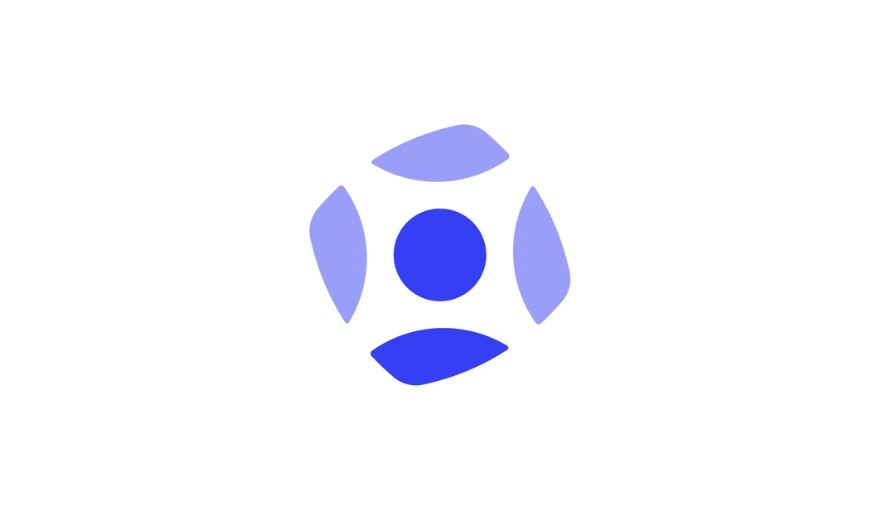Digital identity verification used to be slow, frustrating, and not always fair. People had to upload documents, wait days for approval, or worse—get rejected for unclear reasons. For businesses, it meant losing users at the signup stage, struggling to meet compliance standards, and constantly fighting fraud.
But things are changing. AI is pushing digital identity checks into a new phase: faster, more accurate, and more accessible to everyone—regardless of where they live, what device they use, or what their ID looks like.
Why Traditional Identity Checks Fall Short
If you’ve ever tried to sign up for a financial service or online platform and were asked to upload a photo of your passport, you’ve seen how clunky it can get. Some systems can’t read certain ID types. Others flag users unfairly due to lighting, image quality, or even facial features that don’t fit a narrow standard.
On the business side, it’s just as frustrating. Manual review teams burn time verifying documents that an AI could have handled in seconds. Meanwhile, every extra step in the signup flow creates drop-off. If someone can’t verify their identity quickly, they’ll often just give up—and your business loses a potential customer.
AI changes that.
AI + Biometrics = Smarter Identity Verification
One of the biggest breakthroughs is facial biometrics. Modern AI models can compare a selfie with an ID photo in real-time, even if the lighting isn’t perfect or the camera isn’t top-tier. Unlike traditional systems that rely on static rules, AI adapts and improves over time as it learns from new patterns and data.
This means users can complete verification in seconds, not hours. Fraudsters using fake IDs or deepfake videos? AI can flag them faster than any manual reviewer could. It’s not just faster—it’s safer.
But there’s another critical benefit: fairness.
AI That Includes, Not Excludes
Bias in identity systems has been a real issue. Older verification tools were often trained on limited datasets—images from only a few countries, types of documents, or demographics. That led to higher failure rates for people outside those narrow groups.
Well-trained AI models are helping solve this. When AI is developed using diverse data and regularly tested for fairness, it can recognize and verify a wider range of users. It doesn’t care if your ID is from Ghana, Germany, or Guatemala. It doesn’t pause if your name doesn’t fit a Western pattern. It just works—because it’s built to.
For business owners, this means reaching more people without loosening security. That’s a big deal, especially if your service is global or plans to expand.
Automation That Works at Scale
From a business point of view, automation isn’t about replacing people—it’s about saving time and reducing mistakes. When identity verification is powered by AI, you don’t need to grow a massive team to keep up with demand.
An automated flow that handles most checks within seconds helps you onboard more users while cutting costs. Fewer manual reviews. Less time wasted. Lower fraud rates. It’s a better system, period.
And with tools like the onfido dashboard, it’s easy to monitor performance, make adjustments, and stay compliant across regions. You’re not flying blind—you’re in control, with real data and insights guiding your decisions.
Navigating Global Compliance
One major headache for online businesses is regulation. What works in one country might be illegal in another. Identity requirements change fast, and staying compliant can be a full-time job.
AI-backed systems help you manage this complexity. They’re designed to adapt to regional laws—whether it’s GDPR in Europe, KYC in India, or AML rules in the U.S. You can verify users in dozens of markets without building separate systems for each one.
This flexibility isn’t just convenient—it’s necessary if you want to grow without tripping over red tape.
Final Thoughts: Access, Not Just Security
AI-powered identity verification isn’t just about blocking fraud. It’s about opening doors. When it’s done right, more people can access banking, healthcare, education, and digital tools they couldn’t before. That’s a win for users—and for businesses.
If you’re building a platform where trust matters—and that’s nearly every platform today—it’s time to rethink how you verify users. The old way was slow, uneven, and easy to cheat. The new way, powered by AI, is fast, fair, and built to grow with you.
Access and security don’t have to compete. With the right tools, you can have both.






Comments